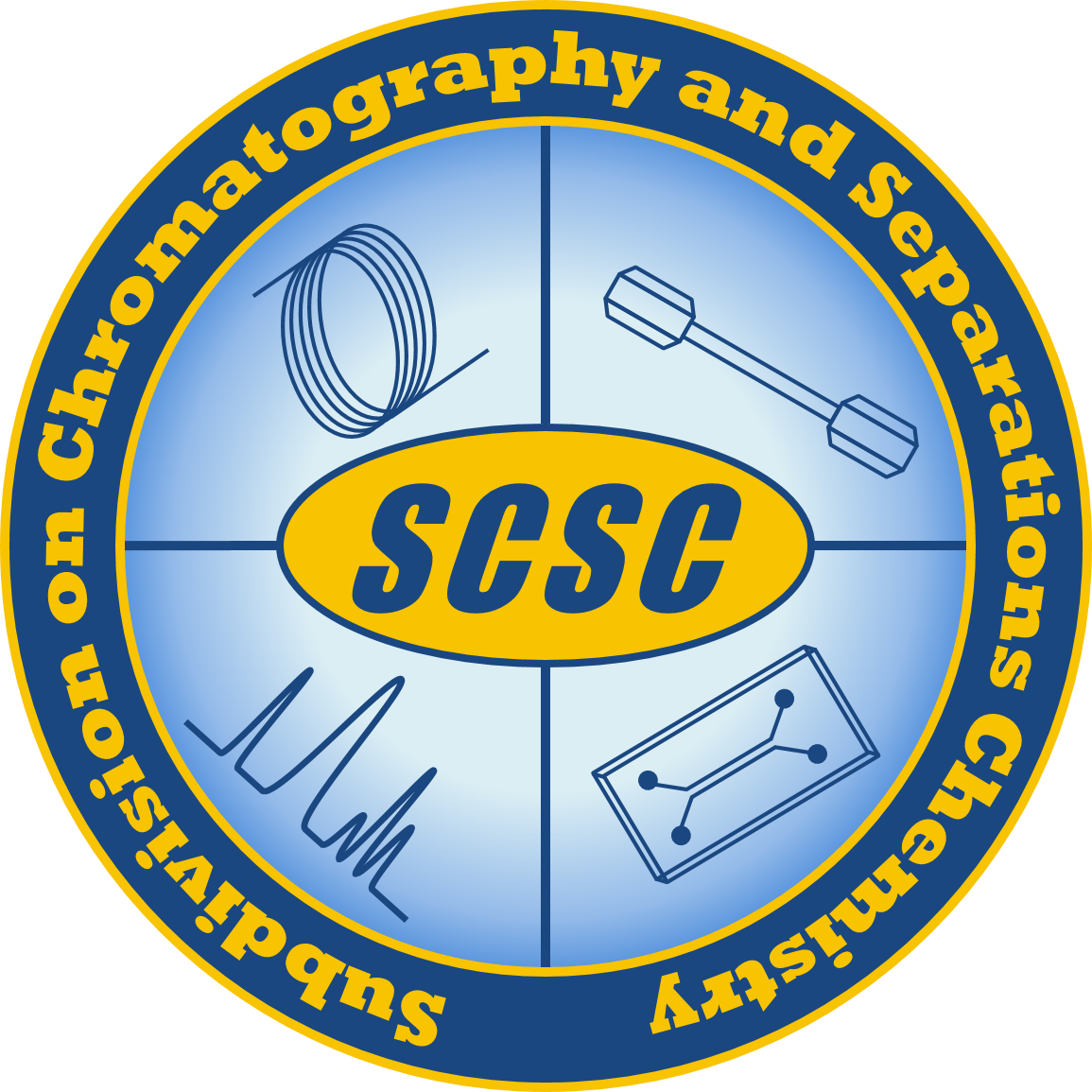The LCGC Blog: Analyzing Trends of the Cannabis Testing Market

This blog is a collaboration between LCGC and the American Chemical Society Analytical Division Subdivision on Chromatography and Separations Chemistry.
The buzz at the 2021 Cannabis Science Conference in Baltimore was palpable: People of widely disparate backgrounds were excited to address the ever-growing challenges and opportunities afforded by this burgeoning marketplace. The phenomenon known as the “green rush” outpaces all significant analytical market areas. Given all this excitement, it is worth stepping back to examine the overarching trends and nuances of the cannabis testing environment and offer some opinions about the key players and disruptive technologies gaining traction throughout this burgeoning marketplace.
The Shifting Cannabis Testing Market
At the start of 2019, the global cannabis testing market totaled $1054.6 million, with an anticipated compound annual growth rate (CAGR) of 15.4% (more than doubling that of the pharmaceutical market as a whole) (1). This growth is primarily due to three factors: the increase in global population’s access to and participation in legal cannabis, growing regulatory scrutiny, and consumer shifts from raw cannabis “flower” to processed goods. This shift in the cannabis industry and the effect on its testing market to my mind rests on a seemingly obvious truth: One day the demand for raw cannabis (flower) will be less than a hundredth of that for its many processed forms, whether they are processed for recreational or medical devices, pharmaceuticals, nutraceuticals, or otherwise wellness products.
We can observe the overall effect of this trend as cultivators' dominant market share of the cannabis testing market ( 62.4% in 2019, at—US $658 million) begins to shift to cannabis drug manufacturers (CDM) (21.7% in 2019, at—US $264 million). The CDM segment exhibits very aggressive growth, 17.3% CAGR in 2019) (2). This growth is driven by an increase in demand for medical cannabis; as CDMs have developed cannabis R&D programs, their need for tools to process and analyze the products has grown.
Recent Developments in Medical Research about Cannabis
The increased success of cannabis-based medical products is strongly correlated to the relaxation of the previously insurmountable bureaucratic hurdles, as well as humans’ ancient relationship with this pharmacologically active plant (3). For instance, it is entirely possibly, if not likely that humans crossing the land bridge from Asia into the Western hemisphere, brought cannabis along with them.Today scientists from various disciplines are exploiting the endocannabinoid system in humans. Academic and governmental institutions, pharmaceutical companies, and the separations community are well into the hunt to utilize the plant's unique chemistry and its relationship to our biology. To date, roughly one million scientific articles have been published on the topic. Research continues to flourish, aiming for some of the most important target markets in human health.
Below are highlights of the conclusions of some meaningful publications showcasing the current state of cannabis-based medical research and its enormous potential:
Pain management:
- CBD could reduce inflation and pain in people affected by arthritis (4).
- CBD is effective as a natural alternative to opioids in patients suffering from chronic pain (5).
Multiple sclerosis:
- CBD can be used effectively for improving mobility in patients suffering from multiple sclerosis. (6)
- The use of CBD or mucosal spray, a CBD-based medicine, in patients effectively reduces spasticity—one of the most common symptoms of multiple sclerosis (7).
- CBD was concluded to be an effective alternative to standard treatment available for multiple sclerosis because it improves refractory spasticity in patients (8).
Cancer:
- CBD could be used effectively for pain control, nausea, and cachexia in patients suffering from breast cancer and glioma (9) International Journal of Cancer Research and Treatment.
- Cannabinoids such as CBD could be used effectively for relieving symptoms associated with pancreatic cancer (10).
- CBD induced apoptotic cell death in patients suffering from gastric cancer (11).
- CBD could be used effectively to increase the survival rate in patients suffering from non-small cell lung cancer (12).
Epilepsy:
- Researchers reported around a 41.9% reduction in the number of seizures when CBD was provided to patients (13).
- In a study wherein CBD was administered in patients suffering from frequent attacks, it was concluded that CBD was quite effective in reducing the severity and frequency of seizures (14).
One harbinger of a success story is the case of GW Pharmaceutical’s epilepsy drug, Epidiolex (which received FDA approval in 2018). Due to its high effectiveness in treatment, clinicians and patients have welcomed this drug, the first-ever approved cannabis-infused anti-epileptic drug. The commercial success of Epidiolex is primarily due to its lack of psychoactive THC compounds - THC is explicitly addressed in many stringent government regulations. With successes such as this one many prominent governments such as: The United States, Brazil, France, Germany, and South Korea are leading the world to adjust their laws and aid in developing these essential medicines. It is reasonable to assume that this alone will move our world; yet many factors complicate the development of cannabis-based medicines.
Analytical Chemistry Solutions
A few notable factors slowing the progress of cannabis-based medicines are the lack of certified professionals, the lack of harmonized regulations, and the high cost of analytical instrumentation—a frustration we know all too well. Fortunately, chromatography vendors are increasingly focusing on serving the analytical challenges of this burgeoning field—Shimadzu, in my opinion, is the most committed to winning this marketplace. They offer a version of simplified software on their benchtop system, application support, and many consumables to help any laboratory get off the ground. Gaining ground is Agilent, which introduced pesticide, mycotoxin, and potency-testing kits in July 2020. PerkinElmer's most significant advance is owed to Avinash Dalmia, a principal R&D scientist. Dalmia wrote a proprietary derivatization method by which cannabis laboratories can analyze the complete California pesticide list using only liquid chromatography–mass spectrometry (LC–MS), eliminating the need for gas chromatography–mass spectrometry (GC–MS) to complete this task. With more companies entering this field, we will undoubtedly see advances in chromatography that suit the needs of the cannabis testing market.
Two other companies worth highlighting are Lucidity Systems and Icon Scientific. They both feature instruments that cost roughly half the “familiar” price. Both claim that the reduced complexity and easy-to-use interface of their systems do not diminish testing expectations. Icon's ANSWR liquid chromatography instrument is fully portable and small enough to put in your carry-on luggage. Lucidity's Mini LC and GC instruments are half the footprint of typical benchtop units and can be shipped overnight for service.
Others are developing even more affordable systems. Emerging is a class of systems mainly targeting the fast-growing potency testing segment (US $229 million in 2019, with a 21.7% market share and a 17.3% CAGR), which are on offer for less than five thousand USD. These instruments are sold by GemmaCert, Orange Photonics, Purpl Scientific, and Sage Analytics. The efficacy of many of these instruments may come into question in the increasingly scrutinized cannabis marketplace. However, they are deemed sufficient for many typical applications and likely will always be useful for field testing performed by cultivators and law enforcement groups alike.
Navigating a marketplace as dynamic and often controversial as cannabis testing can be fraught with challenges. I hope this article has helped you understand and perhaps appreciate its value to our global community. On a personal note, I believe that the more visible and controversial areas of recreational cannabis unfairly encumber appreciation of the plant's potential as a whole. This gap in understanding can only obscure the incredible potential of this ancient plant to alleviate human suffering, a gap that analytical chemists can help narrow. Delays in progress reduce the pharmaceutical community's ability to bring meaningful and lasting changes to improve and prolong human health—a most worthy mission.
References
- EvaluatePharma® World Preview 2019 Outlook to 2024, pg 5
- Cannabis Testing Services Market Estimates and Forecast to 2027 V0.1
- https://doi.org/10.1300/J175v02n01_04
- https://doi.org/10.1002/ejp.818
- https://doi.org/10.1016/S0304-3959(01)00454-7
- https://doi.org/10.2147/tcrm.s1928
- https://doi.org/10.3389/fneur.2018.00183
- https://doi.org/10.1177/1756285615612659
- https://doi.org/10.1016/j.nrleng.2013.06.007
- https://doi.org/10.1089/pancan.2018.0019
- https://doi.org/10.1038/s41419-019-2001-7
- https://doi.org/10.1371/journal.pone.0228909
- https://doi.org/10.1056/NEJMoa1714631
- https://doi.org/10.1016/j.yebeh.2016.09.040

Jonathan Edelman began his career as an analytical chemist in the pharmaceutical industry. Inspired by his long-standing love of science and natural ease in its commercial, he works toward strategic business solutions in the chromatography field. Currently in business development at Restek, he volunteers his time to various nonprofit organizations within the chromatography community. Edelman serves as the treasurer of the ACS SCSC; chair of the organizing committee for the ISCC/GCxGC 2021 conference; President emeritus of the Chromatography Forum of Delaware Valley and Washington Chromatography Forum; and founder and president of the Separation Community Mixer.

This blog is a collaboration between LCGC and the American Chemical Society Analytical Division Subdivision on Chromatography and Separations Chemistry (ACS AD SCSC). The goals of the subdivision include
- promoting chromatography and separations chemistry
- organizing and sponsoring symposia on topics of interest to separations chemists
- developing activities to promote the growth of separations science
- increasing the professional status and the contacts between separations scientists.
For more information about the subdivision, or to get involved, please visit https://acsanalytical.org/subdivisions/separations/.

.png&w=3840&q=75)

.png&w=3840&q=75)



.png&w=3840&q=75)



.png&w=3840&q=75)